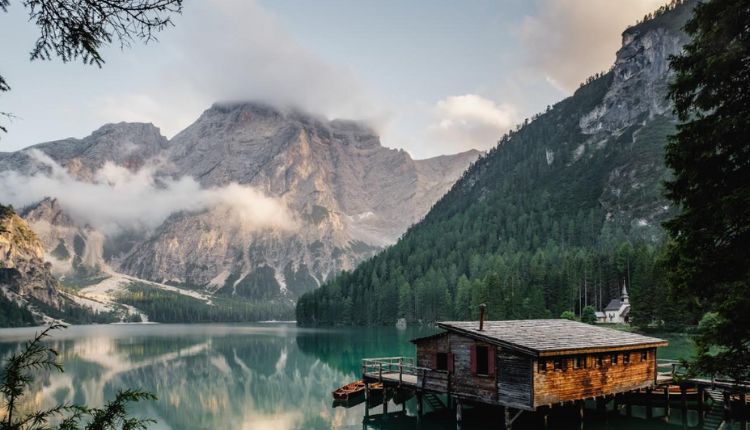ISO is one of the three main settings on a camera, along with shutter speed and aperture. It determines the camera’s sensitivity to light, which in turn affects the final image. Understanding ISO and how to use it properly is crucial for photographers of all levels. In this article, we will take a deeper dive into the world of ISO in photography and explore some tips and techniques for achieving better results.
Table of Contents
You might also like: Eliminate High Iso Noise Fast With Lightroom
What is ISO in Photography?
ISO, which stands for International Organization for Standardization, is a measurement of a camera’s sensitivity to light. The higher the ISO value, the more sensitive the camera is to light, and the brighter the image will be. Conversely, the lower the ISO value, the less sensitive the camera is to light, and the darker the image will be.
The ISO scale typically ranges from 100 to 51,200 or higher, depending on the camera. Low ISO values (such as 100 or 200) are used in bright light conditions, while high ISO values (such as 3200 or 6400) are used in low light conditions.
Understanding the Impact of ISO on Image Quality
While ISO is a powerful tool for controlling exposure, it can also have a significant impact on image quality. The higher the ISO value, the more digital noise (graininess) will appear in the image. This can be especially noticeable in darker areas of the image. On the other hand, lower ISO values can result in smoother, cleaner images with less noise.
To achieve the best balance between exposure and image quality, it’s important to use the lowest ISO value possible while still getting proper exposure. In bright light conditions, this is typically ISO 100 or 200. In low light conditions, a higher ISO value may be necessary to achieve proper exposure, but it’s important to keep an eye on the noise levels and adjust accordingly.
How to Use ISO in Photography
There are a few different ways to use ISO in photography. The most common method is to set the camera to “auto ISO” mode, which allows the camera to automatically adjust the ISO based on the available light. This can be a useful option for photographers who are just starting out or who want to keep things simple.
Another option is to set the ISO manually. This gives you complete control over the camera’s sensitivity to light and allows you to fine-tune your settings to achieve the desired exposure.
When setting the ISO manually, it’s important to consider the lighting conditions, the subject matter, and your desired end result. For example, in bright light conditions, you may want to keep the ISO low to minimize noise and achieve a smooth, clean image. In low light conditions, you may need to use a higher ISO value to achieve proper exposure.
It’s also important to keep in mind that ISO is not the only setting that affects exposure. Aperture and shutter speed play a role as well, and it’s important to consider all three settings together to achieve the desired result.
Tips for Better ISO Usage in Photography
Keep ISO as Low as Possible
As we mentioned earlier, the lower the ISO value, the less noise there will be in the image. So, whenever possible, keep the ISO as low as possible while still getting proper exposure. This will result in smoother, cleaner images with less noise.
Know When to Use High ISO Values
While keeping the ISO low is generally best, there may be times when you need to use a high ISO value to achieve proper exposure. For example, in low light conditions or when shooting fast-moving subjects. In these cases, it’s important to know when to use high ISO values and how to minimize noise as much as possible.
Experiment with ISO
One of the best ways to learn about ISO is to experiment with it. Try shooting the same scene at different ISO values and compare the results. This will give you a good understanding of how ISO affects exposure and image quality, and will help you make better decisions about when to use high or low ISO values in the future.
Use Noise Reduction Software
If you do end up with images that have a lot of noise, there are software options available that can help reduce the noise and improve image quality. Some popular options include Lightroom, Photoshop, and Noiseware.
Conclusion
In conclusion, ISO is a powerful tool for controlling exposure in photography. By understanding how it works and how to use it effectively, you can achieve better results and take your photography to the next level. Whether you’re a beginner or an experienced photographer, taking the time to learn about ISO and experimenting with different settings is well worth the effort.
